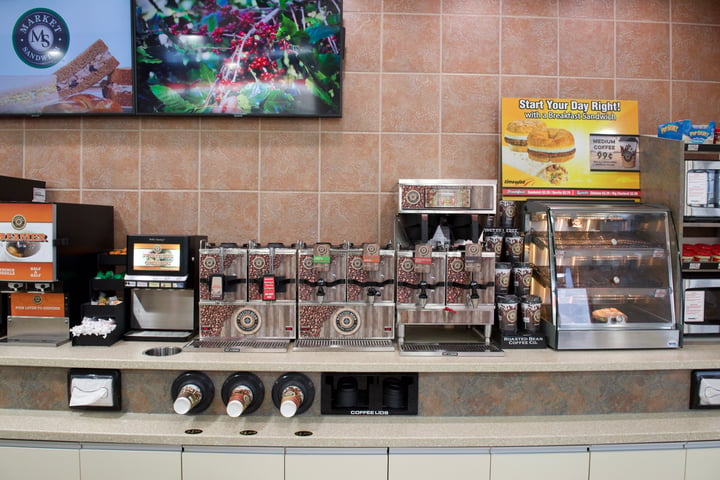
- Home
- Crunchtime Blog
- 7 Key Principles of Conducting a Food Safety Audit

7 Key Principles of Conducting a Food Safety Audit
If you’re serving bad food, you’re about to “eat it,” financially speaking. Nothing destroys a brand’s reputation faster than food contamination. In light of consumer safety concerns, as well as the well-being of your employees, there is simply no room for error when it comes to storing food and keeping surfaces and utensils clean. Developing a food safety audit process can ensure that happens.
Each year, the Center for Disease Control and Prevention (CDC) releases its FoodNet study, which reports on the changes in the number of people in the United States sickened with foodborne infections confirmed in laboratory testing. To understand the scope of foodborne illness in the U.S., let’s look at these facts from a previous study:
- Foodborne illness resulted in 4,200 hospitalizations and 80 deaths among 48 million residents of 10 states (15 percent of the U.S. population).
Prioritizing Food Safety, the Right Way
To drastically reduce the risk of food contamination, develop a food safety audit, such as the Hazard Analysis and Critical Control Points (HACCP) plan. HACCP is a food production, storage, and distribution monitoring system for the identification and control of food-related health risks. Importantly, one of the goals of a HACCP audit is aimed at preventing food contamination, rather than evaluating the end product.
Therefore, HACCP shifts the responsibility from food inspectors to food producers to ensure that products are safe for consumption. HACCP systems are based on guidelines set forth by the National Advisory Committee on Microbiological Criteria for Foods (NACMCF). We’ve defined these seven principles below and listed ways your organization can adhere to them:
1. Hazard analysis
List the steps in the production process and identify where significant hazards are likely to occur. Action: Use a readily accessible, mobile solution to create checklists for identifying possible safety hazards.
2. Critical control point (CCP) identification
The point at which control can be applied, and a food safety hazard can be reduced, prevented, or eliminated. Action: Identify CCPs clearly in your surveys, forms, and checklists. Encourage and train employees to properly identify them.
3. Establishment of critical limits
The maximum and/or minimum value to which a biological, chemical or physical parameter must be controlled at a CCP to prevent, eliminate or reduce the occurrence of a food safety hazard. Action: Working with your team, conduct a baseline audit to identify these parameters. Use these results as a point of comparison for future food safety audits.
4. Monitoring procedures
Must be in place for the measurement of the critical limit at each CCP. Action: Determine how the measurement will be taken, when it will be taken, how often, and who is responsible for data collection.
5. Corrective actions
Establish appropriate responses if a problem is indicated. Action: With your team, identify the steps that will be taken when a problem is reported. Determine how you will prevent potentially hazardous food from entering your organization’s food chain and how you will correct the process. Use real-time notifications to inform team members quickly.
6. Verification
Determine the validity of the HACCP plan. Activities in this step may include increased auditing of CCPs, shipment review, instrument calibration, product testing, and record review. Action: Use a flexible platform that allows you to create separate food safety audits for these various activities, as needed.
7. Record keeping
Information that will prove that food was produced safely. The records should contain information about the HACCP plan, hazard analyses, and all other procedures. Action: This step relies heavily on your ability to collect accurate data in the field. Provide employees with an easy-to-use reporting system for food safety audits, one that organizes data and provides actionable insights. In addition to a HACCP plan, you should also perform regular property inspections to ensure that store conditions are sanitary, and adhere to state and federal regulations. It’s imperative to stay organized. Adhering to a plan and performing due diligence will drastically reduce the risk of food contamination and help you build a foodservice brand that customers trust.

Leading restaurant, retail, and other multi-unit operators use Zenput to elevate team execution in every store. By automating how operating procedures, food safety, and public health protocols, and other key initiatives are rolled out and enforced, Zenput turns strategy into action faster and equips teams to deliver on it. To learn more,  .
.
Share this post
Related


2 Critical Food Safety Pitfalls and How Restaurants Can Avoid Them

